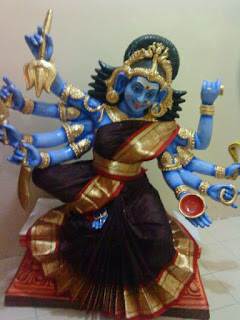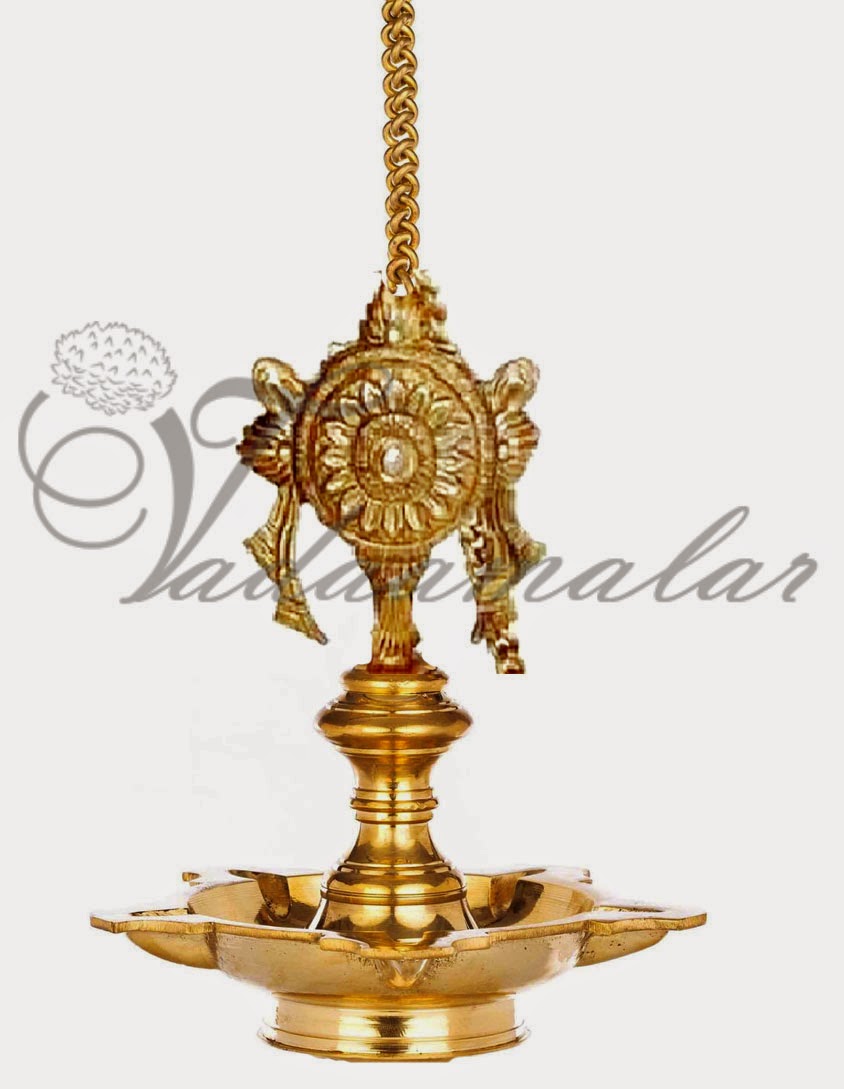Swamy Alangaram for Shiva Lingam
Shiva , also known as Mahadeva ("Great God"). The main iconographical attributes of Shiva are the third eye on his forehead, the snake Vasuki around his neck, the crescent moon adorning, the holy river Ganga flowing from his matted hair, the trishula as his weapon and the damaru as his instrument.
Shiva is usually worshiped in the an iconic form of Lingam. Temples of Lord Shiva are called Shivalayam.
Lord Shiva Nataraj's dance implies both the destruction and the creation of the universe and reveals the cycles of death, birth and rebirth. Swamy alankarams available
www.vadaamalar.com/Deity Jewellery
 |
| Crescent Moon of Lord Shiva |
His favorite ornament is Rudraksha which He wears on his arms, wrists, neck, waist and hair mat. He holds a snake coiled around His neck, a Trishul, drum and Kamdalu in hand and wears a tiger skin. His body is smeared with ash.
Crescent moon: (The epithets "Chandrasekhara/Chandramouli")- Shiva bears on his head the crescent moon.
Available at Thugil deity decorations
Three eyes: Lord Shiva, also called Tryambaka Deva (literally, "three-eyed Lord"), is depicted as having three eyes: the sun is His right eye, the moon the left eye and fire the third eye. The two eyes on the right and left indicate His activity in the physical world. The third eye in the center of the forehead symbolizes spiritual knowledge and power, and is thus called the eye of wisdom or knowledge. Like fire, the powerful gaze of Shiva's third eye annihilates evil, and thus the evil-doers fear His third eye. Shiva Pattai / Tryambaka available at
www.thugi.com/pattai
 |
| Shivas Third eye Tryambaka |
Snake around the neck: sages have used snakes to symbolize the yogic power of Lord Shiva with which He dissolves and recreates the universe.
 |
| Rudraskha Mala |
Rudraksha - available at
Vadaamalar.com/Rudraksha
Rudraksha necklace: Rudra is another name of Shiva. The necklace has 108 beads which symbolize the elements used in the creation of the world.
Varda Mudra: the Lord's right hand is shown in a boon- bestowing and blessing pose.
Lord Shiva's Trident (Trisula)
 |
| Trident (Trisula) |
Available at Thugil deity decorations
Trident (Trisula): a three-pronged trident shown adjacent to the Lord symbolizes His three fundamental powers (shakti) of will (iccha), action (kriya) and knowledge (jnana). The trident also symbolizes the Lord's power to destroy evil and ignorance.
Damaru (drum): a small drum with two sides separated from each other by a thin neck-like structure symbolizes the two utterly dissimilar states of existence, unmanifest and manifest.
Axe: (Parashu):The parashu is the weapon of Lord Shiva who gave it to Parashurama, sixth Avatar of Vishnu, whose name means "Rama with the axe" and also taught him its mastery.
Available at
Vadaamalar/Flower decorations























































